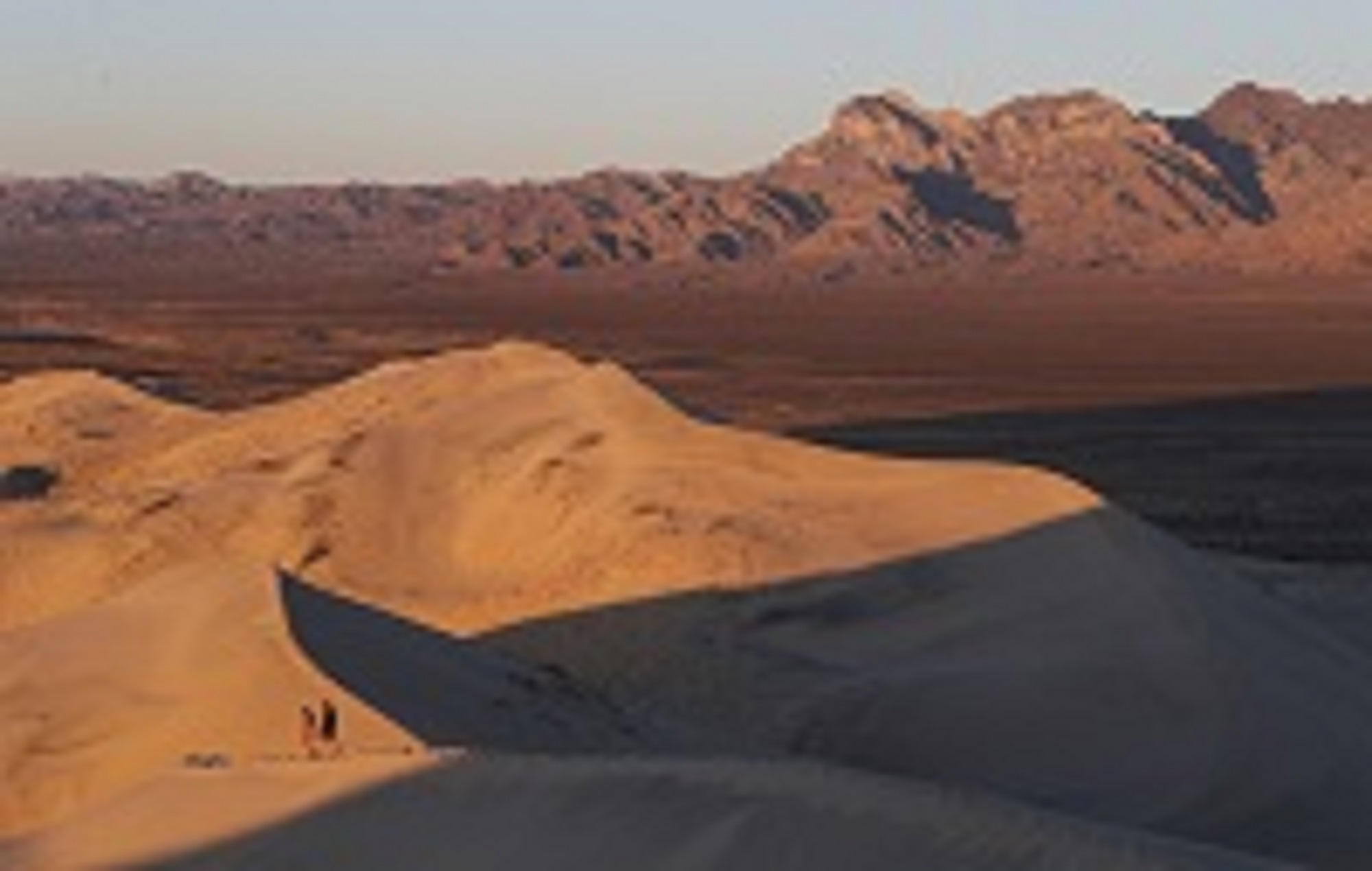
- ARAB NEWS
- 02 Jul 2025

I cannot think why I left it so late in life to finally visit California, but a couple of weeks vacation in Los Angeles recently left me with a desire to find out more. It also prompted the unlikely reflection that the Arabian Gulf, including Saudi Arabia, could successfully use the state as a model in the various strategies toward diversification they are pursuing.
Obviously, I’m not referring to some of the more exotic parts of La La Land, such as Santa Monica beach or Hollywood Boulevard, but to some pretty fundamental aspects of economic development, such as management of climate and natural resources. Like the Gulf, California, or at least the southern part of it around LA, is dry, hot and — for much of the past century — a major oil producing region for the US economy.
The Californian economy got its first big impetus, of course, from the gold rush of 1849, which led to a population exploration as Americans headed west in search of sudden riches. But what sustained the economic development of the west coast were the discoveries of oil and the internal combustion engine.
This has distinct echoes for Saudi Arabia. The forerunner of Saudi Aramco was the Standard Oil Company of California, which first exploited the Kingdom’s natural resource wealth and in the process led to a love affair with the motor car — a trait Californians and Saudis share to this day.
But — and this gets to the crux of the affinities I perceived between the Gulf and the US west coast — California did not remain a petro-dependent economy for long.
Sure, it did not have oil in the vast quantities of Saudi Arabia or other Gulf countries, and always played second fiddle to Texas, its great American rival, in the oil stakes (as it still does today).
But it used the wealth created by oil to quickly diversify its economy to become not just an American, but a global powerhouse. Today, California is the biggest economy of the US, and, if it were a nation-state rather than just a state, it would be the fifth biggest economy in the world, ranked above France and Britain and challenging Germany.
It was not always certain it would achieve that status. At the turn of the last century, the big concern for Los Angeles policy makers was how it could supply enough water to its exploding population. Like the Arabian peninsula, southern California has an arid, desert climate, and the worry was that economic growth would, literally, dry up.
The state solved that problem by methods that make fascinating reading but would probably not be allowed in today’s more environmentally aware and socially responsible age.
The Gulf states have at their disposal advanced desalination and hydrology technologies that, properly managed, should “make the desert bloom”, as the Californians did, without the “water wars” they had to endure.
The state is a major agricultural producer, as a trip around any big grocery store will confirm. Californian-grown produce is everywhere, making you wonder if it imports anything at all.
But California is a hive of economic activity across a wide range of activities.
The two ports around Los Angeles are the biggest in the US, for example, while Hollywood remains the money-spinning creative capital of the world in entertainment and leisure.
Further north in the state of course is Silicon Valley, the technology hub of the world, where the Fourth Industrial Revolution is being wrought by companies like Apple, Google and Facebook, and which is the leader in artificial intelligence, digitalization and robotics which will transform all aspects of our daily lives.
Saudi and other economic policy makers of the region — with their own plans for economic transformation — are already wise to the attractions of California, and have sunk billions of dollars into it.
From the big investment in Californian companies such as Uber and Tesla, through the massive injection into west coast start-ups via the Saudi and UAE backed Vision Fund, down to big real estate investment in Los Angeles and San Francisco, the Gulf Arab states are backing Californian entrepreneurial spirit, not least in the expectation that some of it will be put to use at home.
The analogy has its limitations, of course, not least in vastly different social and cultural norms. But there is a lot that the Gulf can learn from the “Golden State.”
Frank Kane is an award-winning business journalist based in Dubai. Twitter: @frankkanedubai